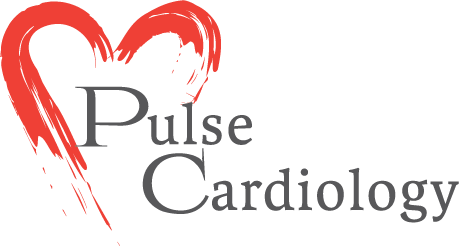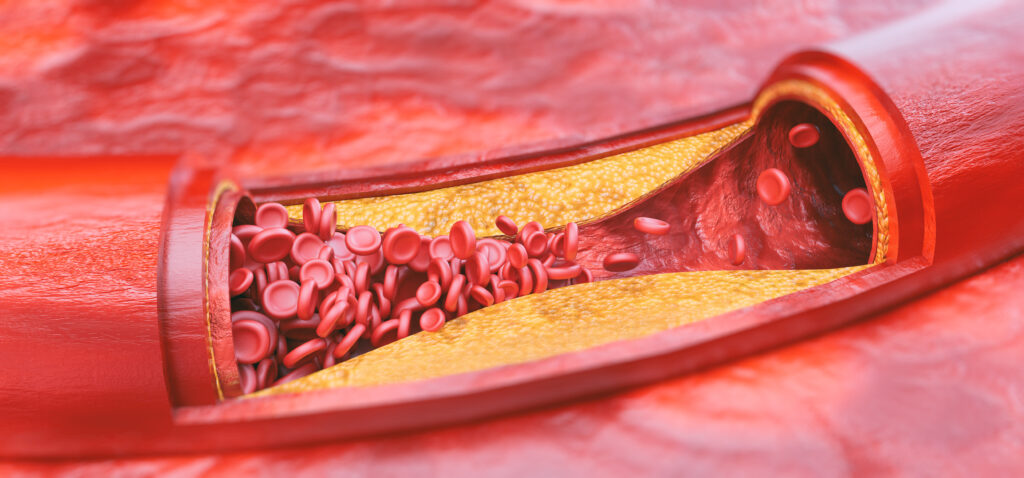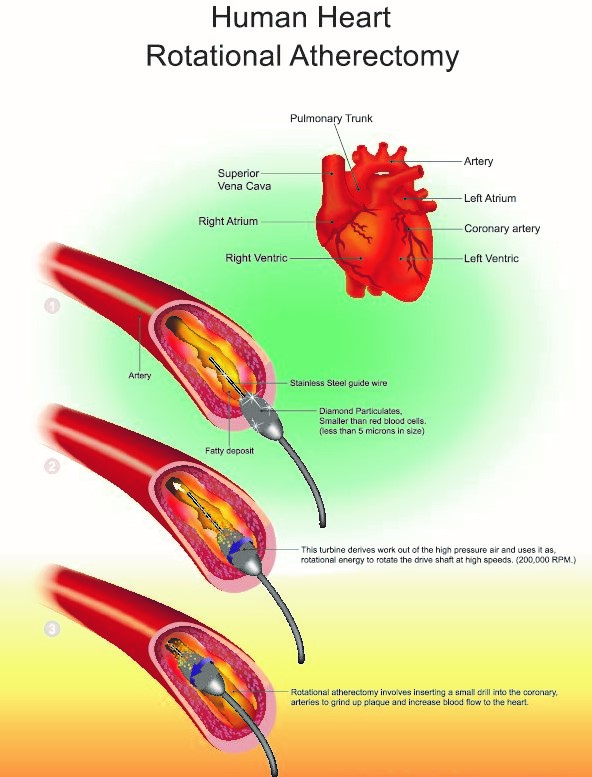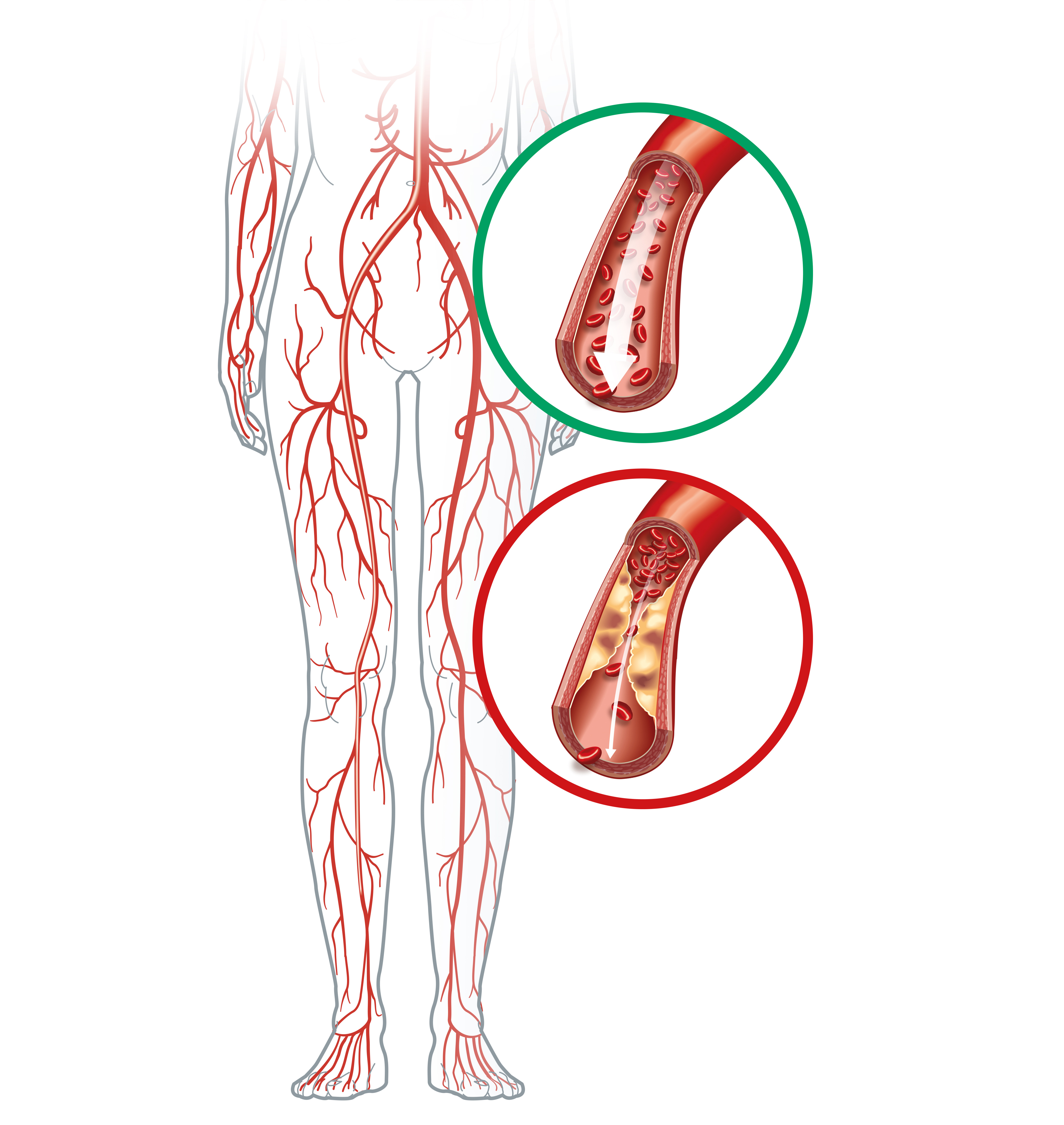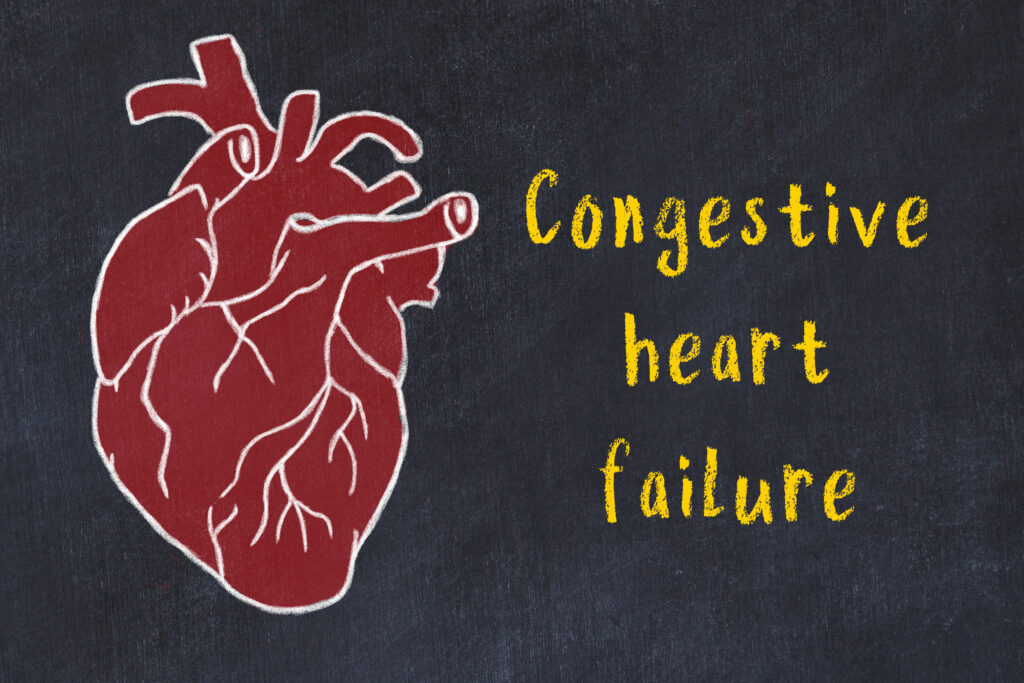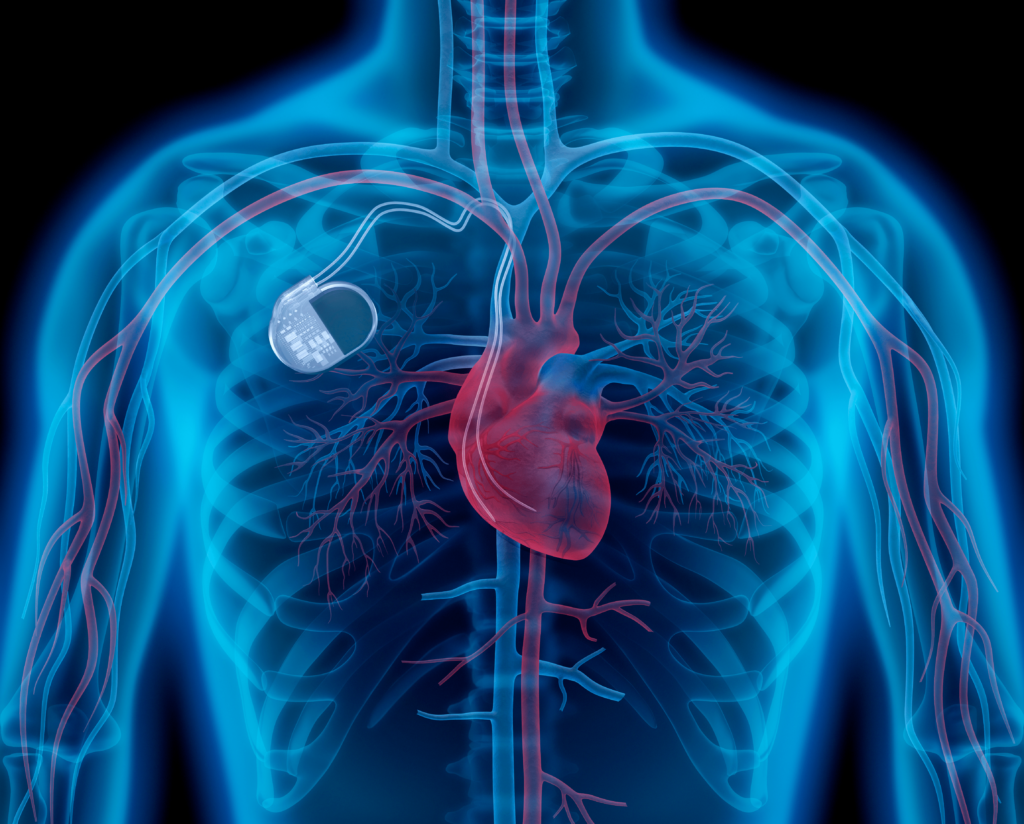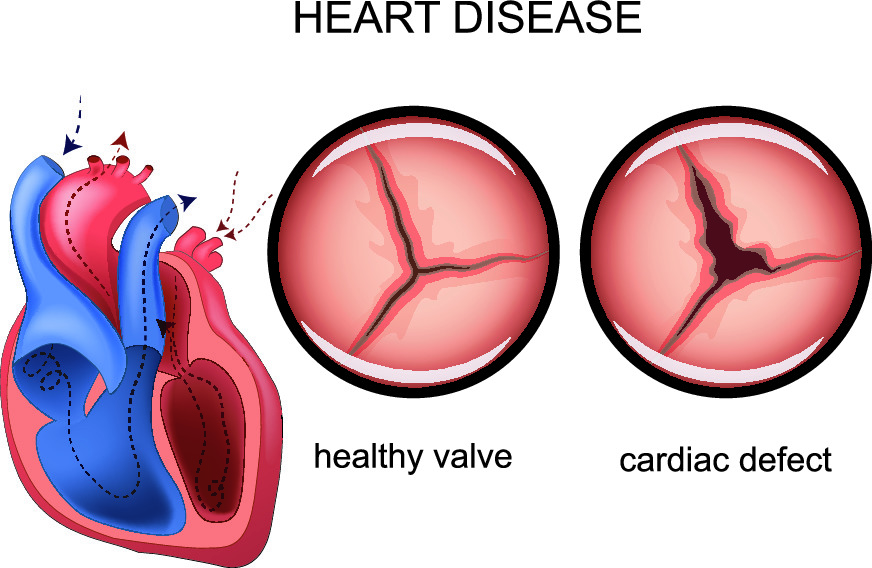TAVR Procedure: Risks and Benefits
What is TAVR
TAVR, known as Transcatheter Aortic Valve Replacement, is a heart procedure in which an aortic valve is narrowed down due to the formation of plaque and stops opening properly thereby hindering the blood flow is replaced with a healthy valve inside the old valve itself.
This is a minimally intrusive procedure that takes only about 1-2 hours of time. In TAVR heart procedure, the interventional cardiologist makes an incision either on the patient’s groin, neck, or the space between the patient’s ribs. A thin, flexible tube with the heart valve is guided through that incision into the patient’s artery to the faulty valve. Finally, the valve is replaced with a healthy valve thereby restoring the full blood flow. The tube is removed and then the incision is closed.
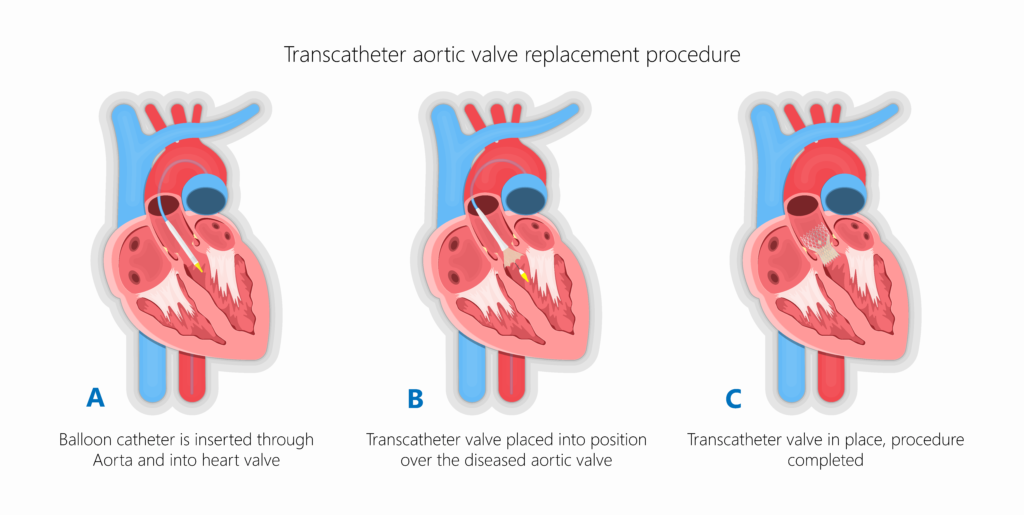
TAVR Procedure Risks
Although this is a less evasive surgery and usually very safe, there are risks involved in every procedure. The risks include:-
Valve Leak:- In this procedure, since the new valve is inserted inside the faulty one, sometimes due to difference in size or due to intrusion from the calcium buildup sometimes blood can leak around the new valve. This has to be taken care of so that it does not lead to major blood leaks.
Artery Damage:- Since the tube is passed through the arteries, if not done properly or if they are too narrow, there can be some damage to the arteries. Usually, this damage can be repaired but it has to be taken care of immediately.
Stroke:- There is a very small percentage chance of this happening but it has come to notice that stroke does sometimes occur during the procedure or immediately in the days after surgery.
Pacemaker:- When this procedure is completed, it affects the electrical system of the heart and thereby the patient ends up needing a permanent pacemaker, which is a major drawback of this procedure.
Death:- Although this is a minimal evasive surgery and is very effective, but due to the huge build-up of calcium in the arteries and valve, the replacement becomes complicated and can lead to serious consequences for the patient.
TAVR Procedure Benefits
Some of the TAVR benefits are:-
Faster Recovery:- This is a minimally invasive surgery, therefore the recovery time is much faster as compared with the other procedures.
Active Life:- Once this procedure is done successfully, the patient has more energy and can lead a normal life doing all their everyday activities.
Less Pain:- This procedure is fast and therefore, recovery is much faster resulting in less pain for the patient.
Medical procedures over the years have improved massively. Interventional cardiologists decide which procedure is the most effective and less harmful for patients to ensure a healthy active lifestyle.
Call (909) 881-7400 to book an appointment with our highly qualified cardiologists.
